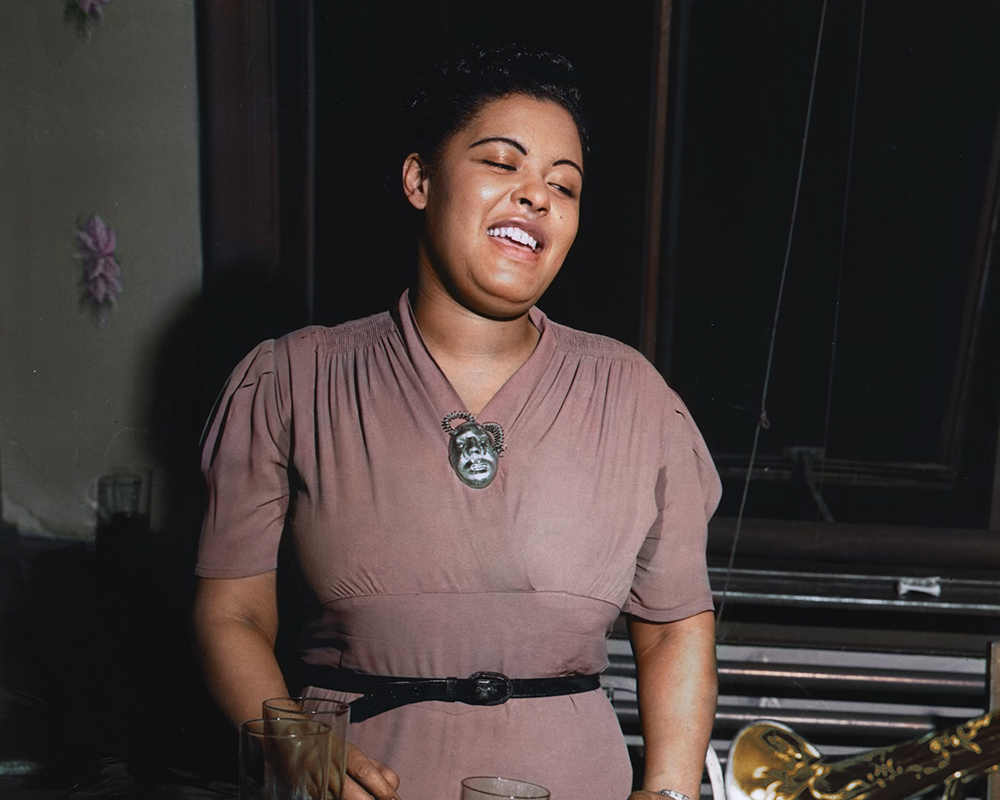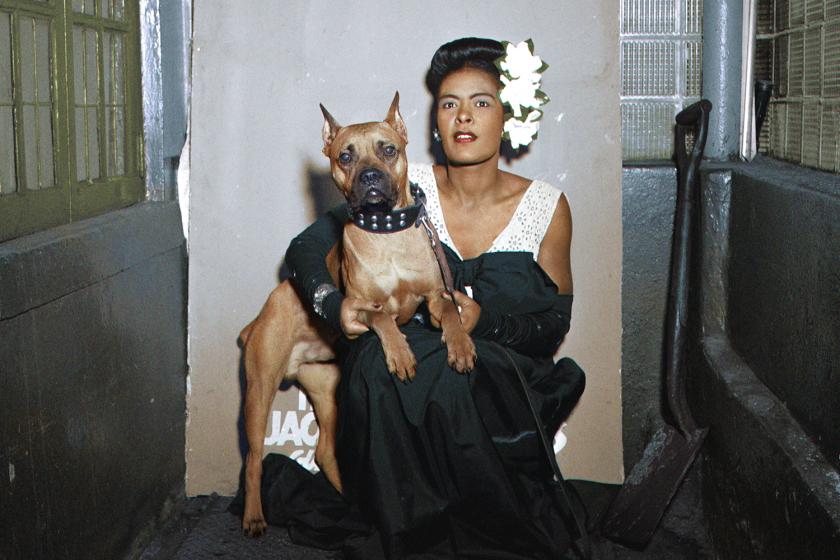Listen to "The Blues are Brewin", "You Better Go Now", or even "I’ll be Seeing You", and you can hear the hurt reverberate in every note Billie Holiday sang. Her voice rang with the wisdom of experience – perhaps too much experience. She lived a wild, impulsive life, until it was cut short by cirrhosis of the liver when she was only 44, handcuffed to a hospital bed with only $700 to her name.
Now, director James Erskine offers a fresh, albeit harrowing, insight into the singer’s life with his new documentary Billie. Erskine elegantly demonstrates that while the drink was a problem (as were drugs) it was also the decades of racial, physical, and sexual abuse that led to her premature death. If this triptych of poisons weren’t enough, it was compounded by the years of persecution by Harry Anslinger and the FBI, who sought to make an example of Holiday after she began singing Abel Meeropol’s howl of hurt "Strange Fruit", a protest song that gave new awareness to the brutalities of Jim Crow America.
There’s a tragic but fascinating tale behind Erskine’s new doc. It’s constructed from the tapes made by of an arts journalist, Linda Lipnack Kuehl, in the 1970s. An avid fan of Holiday, she planned to write a biography of the hero with whom she, perhaps to an unhealthy degree, self-identified. For the biography, Kuehl set out to interview hundreds of people, ranging from band members and pimps (Holiday was a prostitute from her early teens) to friends and possible lovers. Each offered their candid anecdotes about the singer.
Kuehl’s biography never materialised. Tragically, she died of an apparent suicide in the late Seventies, although Erskine alludes via interviews with Kuehl’s sister, that there may have been a more sinister end to the journalist’s life.  These once lost and never-before-seen interviews have been pared down by Erskine who blends them with archive footage and photos. We see, through select audio extracts, that Holiday was certainly a victim of many of the men in her life and the racially segregated world she had to navigate. Tales of being on tour reek of racism. If she was travelling with a predominantly white band, Holiday was left behind in the bus to sleep while they had the comfort of hotel beds. That was on a good day. Other days she might suffer racial abuse, be kicked out of restaurants, or refused from performing at specific venues.
These once lost and never-before-seen interviews have been pared down by Erskine who blends them with archive footage and photos. We see, through select audio extracts, that Holiday was certainly a victim of many of the men in her life and the racially segregated world she had to navigate. Tales of being on tour reek of racism. If she was travelling with a predominantly white band, Holiday was left behind in the bus to sleep while they had the comfort of hotel beds. That was on a good day. Other days she might suffer racial abuse, be kicked out of restaurants, or refused from performing at specific venues.
Erskine is keen to show that Holiday was more than just a victim. He reverently takes Holiday down from the pedestal that recent culture has placed her on, to remind us what a rebel she was. One interviewee states she did more than Martin Luther King for the Civil Rights Movement. The film gives this extraordinary claim enough space to make it almost seem convincing. Sexually liberated, and capable of dishing out violence (no doubt learned from the violence inflicted upon her), cracking coke bottles over lovers’ heads, Holiday appears a million miles from the static black and white portraits we are so familiar with.
Talking of photos, Erskine has controversially colourised the photos for the documentary. Looking at Holiday in full colour certainly removes the nostalgia of those iconic images, but it also slightly throws you. If the effect is to bring us closer to Holiday it’s nowhere near as successful as the host of frank interviews that recount backstabbing, music deals, lost loves, and wild parties. Although, whether we should trust the subjects’ memories or interpretation of events is only loosely hinted at.
More problematic is the balance of Kuehl and Holiday’s stories. We hear the click and clack of Kuehl’s typewriter, whilst extracts of the unpublished biography are read aloud. This is interwoven with Kuehl’s story, including an allusion to a possible inappropriate friendship with Holiday’s one-time band member and music legend Count Basie. The balance isn’t quite right, perhaps because Erskine may have felt duty-bound to honour Kuehl’s work and story. Nonetheless, it gives the movie a mixed message.
Still, Erskine has done a remarkable job, providing a full-bodied portrait of Lady Day. History has a knack of setting artists in stone. Erskine, via Kuehl, takes a hammer to the edifice, allowing the audience one step closer to understanding another, more private side to this impulse-driven genius.
- Billie is available digitally from 16th November on Amazon and iTunes.
- More film reviews on theartsdesk














Add comment